Top 11 Secrets For Growing Your Best Strawberries Yet
Growing delicious strawberries starts with understanding the right conditions they need to thrive. Whether you are a beginner or an experienced gardener, these tips can help you achieve the best harvest. From soil preparation to watering techniques, small adjustments can make a big difference. Take the time to care for your plants, and you will enjoy a fruitful garden. Let us walk you through some secrets that will help you grow your best strawberries yet.
This post may contain affiliate links, which helps keep this content free. Please read our disclosure for more info.
Choose the Right Strawberry Variety
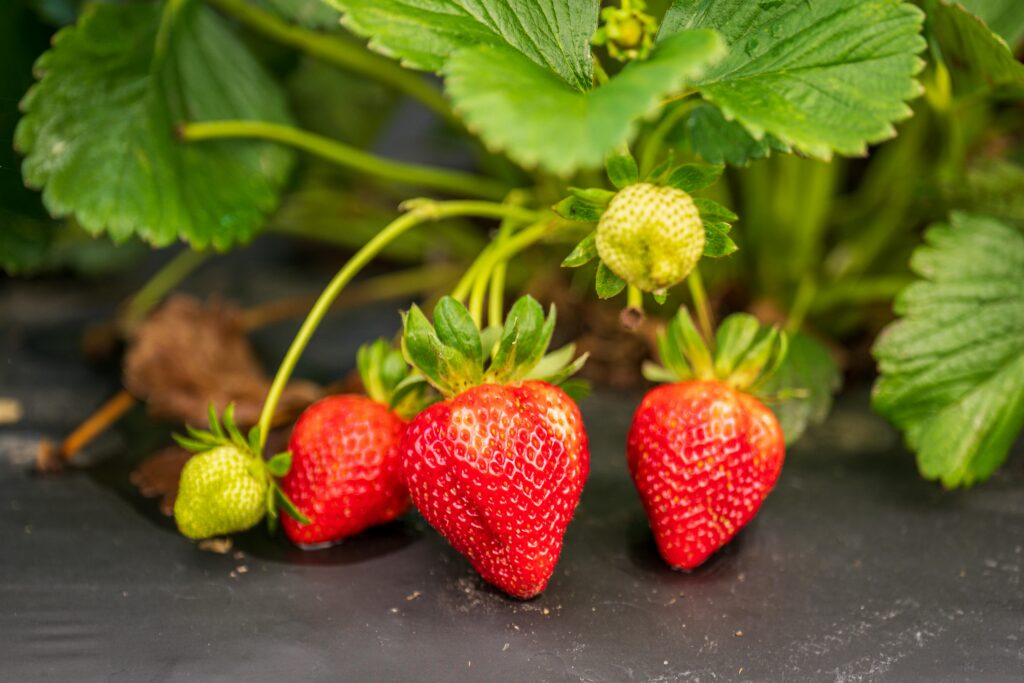
Choosing the right variety of strawberries for your region is essential for a successful harvest. There are three main types: June-bearing, everbearing, and day-neutral strawberries. June-bearing strawberries produce one large crop in early summer, while everbearing and day-neutral types provide fruit throughout the season. Select a variety based on your growing conditions and desired harvest time for the best results.
Research the varieties that perform well in your local climate and soil type. For example, June-bearing strawberries are ideal for colder climates, while everbearing strawberries thrive in milder regions. Make sure to buy certified disease-free plants to avoid potential issues down the line. A healthy plant will give you a better chance at a productive harvest.
Plant in the Right Location

Strawberries need full sun to thrive, so choose a spot that gets at least 6-8 hours of sunlight a day. Planting in a well-drained area is also crucial, as strawberries do not like their roots to sit in water. Raised beds or containers can be a great option for ensuring proper drainage and air circulation. A location with good airflow will help prevent fungal diseases and ensure your plants stay healthy.
Avoid planting strawberries in areas where other members of the berry family have been grown recently. Rotating crops helps prevent soil-borne diseases and pests from affecting your new plants. Make sure the soil is rich in organic matter to support healthy plant growth. If possible, choose a location that allows for easy access to water and regular care.
Prepare Your Soil Properly
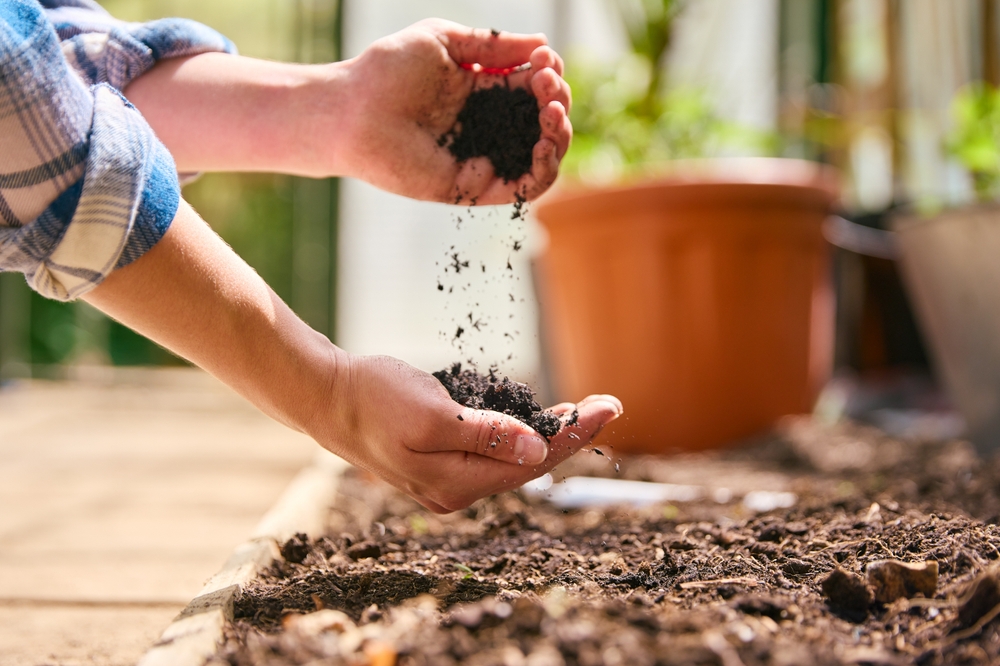
Before planting strawberries, it is important to prepare the soil to ensure it is fertile and well-draining. Test the soil’s pH and aim for a slightly acidic range of 5.5 to 6.5. Amending the soil with organic compost or well-rotted manure will provide the nutrients your plants need. This will also improve soil structure, allowing for better root development.
It is a good idea to incorporate a slow-release fertilizer to give your strawberries the nutrients they need throughout the growing season. However, avoid over-fertilizing, as this can lead to excessive leaf growth at the expense of fruit production. Make sure the soil is loose and easy for roots to spread, as compacted soil can hinder growth. Healthy soil is the foundation for strong, productive strawberry plants.
Space Your Plants Correctly
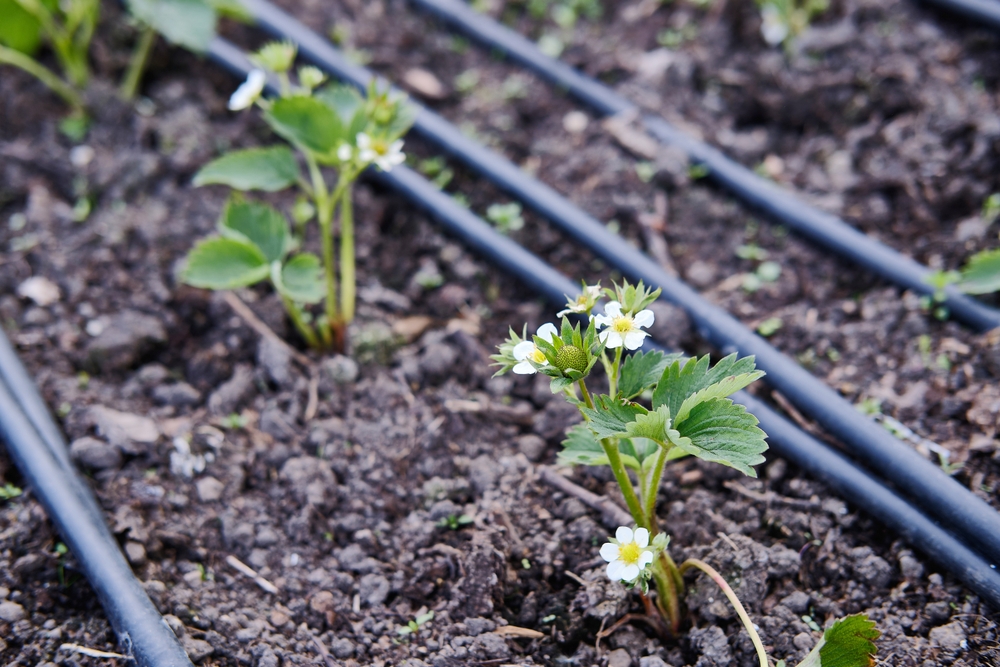
Proper spacing is key to growing healthy strawberries. Crowded plants compete for nutrients, water, and sunlight, which can lead to weak growth and lower yields. Space plants about 12-18 inches apart to give them room to grow and develop strong root systems. Allowing enough space also improves airflow, which helps prevent diseases.
For strawberries grown in rows, make sure the rows are spaced at least 3-4 feet apart. This will give you enough space for maintenance, such as weeding and harvesting. If you are growing strawberries in containers or raised beds, ensure the containers are large enough to accommodate the plants’ root systems. Proper spacing makes it easier to care for your plants and helps them produce better fruit.
Water Your Strawberries Wisely
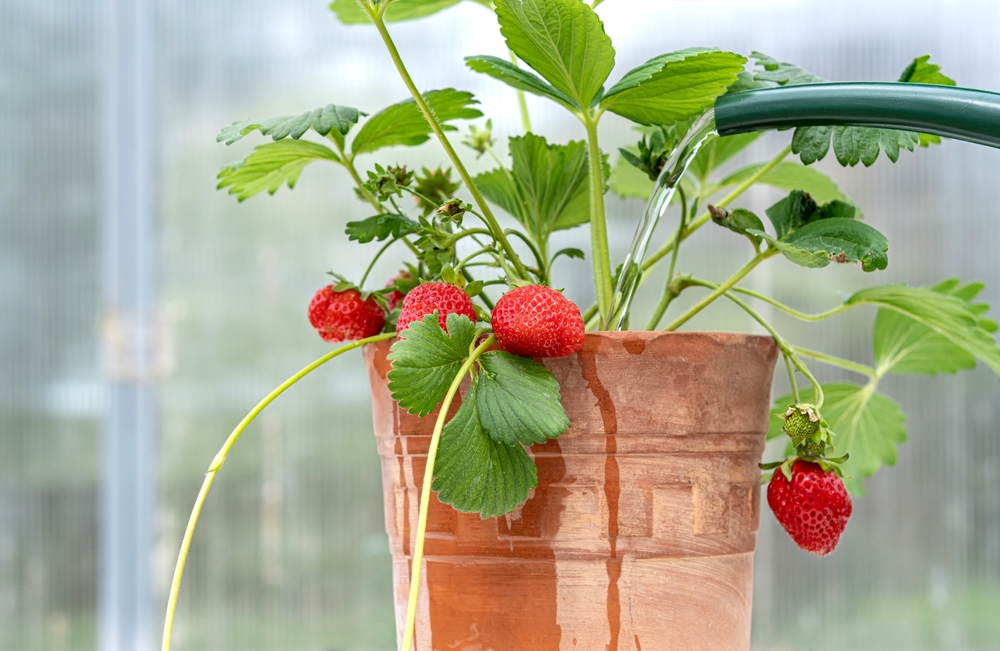
Strawberries need consistent moisture, especially when they are developing fruit. However, overwatering can lead to root rot, so it is important to strike a balance. Water your plants deeply and regularly, aiming to keep the soil evenly moist but not soggy. It is best to water in the morning to prevent excess moisture from sitting on the leaves overnight.
Avoid wetting the leaves, as this can promote fungal diseases. Using drip irrigation or soaker hoses can be an effective way to deliver water directly to the roots, minimizing the risk of leaf disease. Mulching around your plants will also help retain moisture and keep the soil temperature stable. Proper watering practices are essential for strong, healthy plants that produce high-quality fruit.
Mulch Around Your Plants
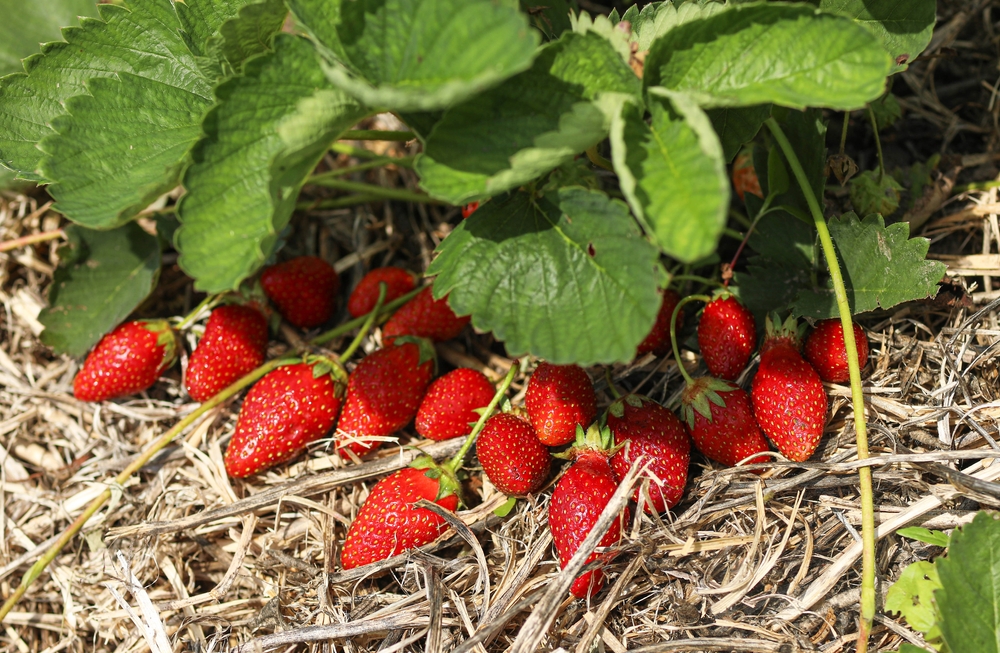
Mulching is an effective way to conserve moisture, prevent weeds, and regulate soil temperature. Apply a layer of organic mulch, such as straw or wood chips, around the base of your strawberry plants. This will help keep the soil cool in summer and warm in early spring, encouraging healthy growth. Mulch also reduces the risk of soil erosion and keeps the fruit clean by preventing soil splash.
Be sure to leave space around the crown of the plant when applying mulch to avoid rotting. A 2-3 inch layer of mulch is typically sufficient for strawberry beds. Regularly check the mulch and replenish it as needed to maintain its effectiveness. Proper mulching reduces the amount of time spent on weeding and watering, making your gardening tasks easier.
Prune and Trim Your Plants
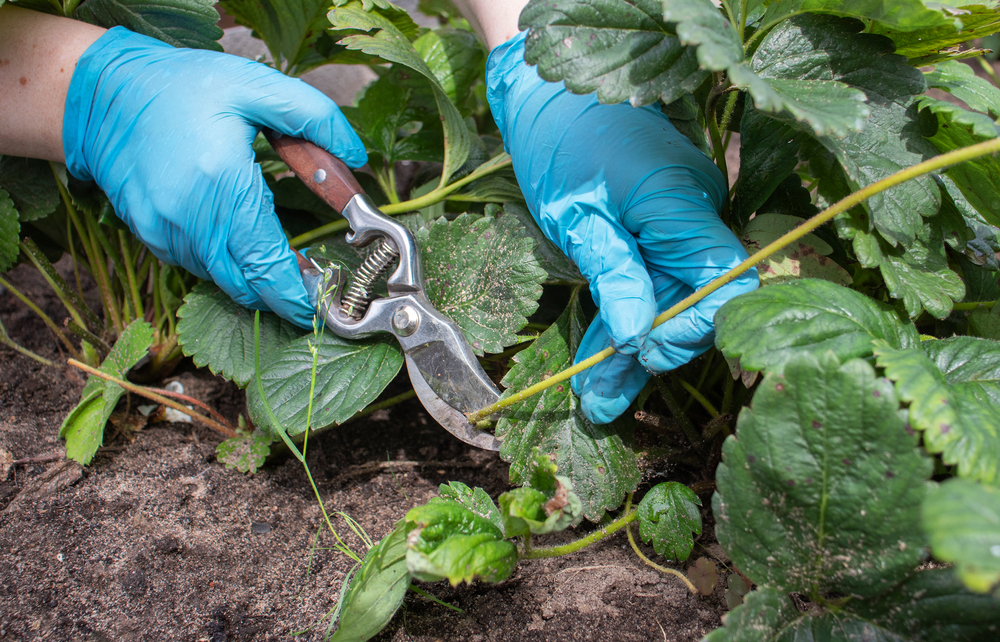
Pruning your strawberry plants helps improve air circulation and promotes healthy growth. Remove any dead or diseased leaves to prevent fungal infections from spreading. Trim the runners, or daughter” plants, if you are focusing on fruit production rather than expanding your strawberry patch. Cutting back the runners allows the plant to focus its energy on producing larger, healthier fruit.
Regularly removing dead or damaged leaves also encourages new growth and prevents the plant from becoming too overcrowded. If you are growing strawberries in containers, make sure to trim back any leaves or runners that overtake the space. Proper pruning helps ensure that your plants remain strong and productive throughout the growing season.
Protect Your Plants from Pests
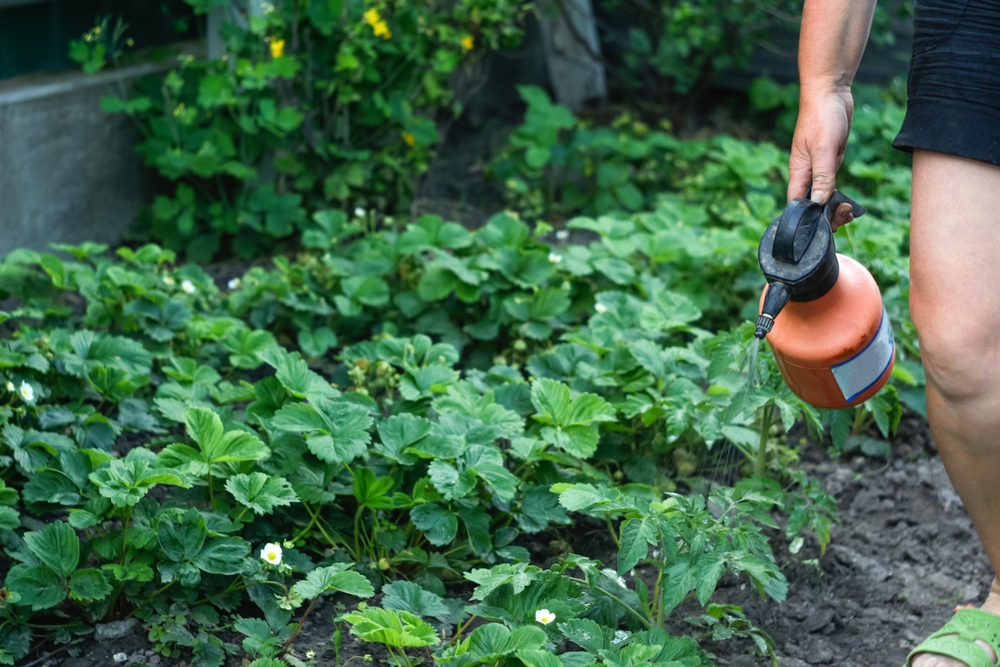
Strawberries are vulnerable to pests such as aphids, slugs, and snails, which can damage the plants and reduce yield. Keep an eye on your plants and remove pests by hand when possible. You can also use organic pest control methods, such as neem oil or insecticidal soap, to keep pests at bay without harming the environment.
A simple barrier, like copper tape or diatomaceous earth, can deter slugs and snails from reaching your plants. Companion planting with herbs like basil or mint can also help repel certain pests. Regularly inspect your strawberry patch for any signs of pests and act quickly to prevent infestations. Healthy plants are less likely to be affected by pests, so keep your plants well-maintained.
Use Row Covers for Protection
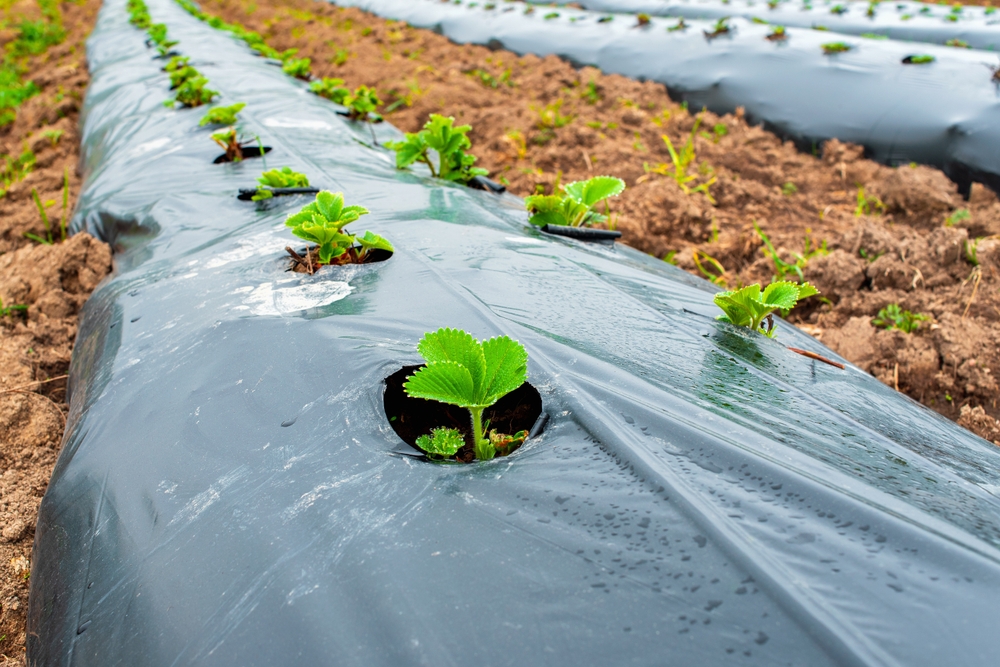
Row covers can protect your strawberry plants from a variety of pests, as well as extreme weather conditions. They create a barrier that keeps insects like strawberry weevils and birds away from your fruit. Row covers also help extend the growing season by protecting plants from frost during the early spring or late fall. They allow light and water to reach the plants while keeping pests at bay.
Make sure to remove the row covers when flowers begin to bloom to allow for pollination. Row covers should be placed carefully to avoid direct contact with the plants. This simple addition to your garden can significantly reduce the risk of pest damage and ensure a healthier harvest. Using row covers is a great way to protect your strawberries without using harmful chemicals.
Harvest at the Right Time
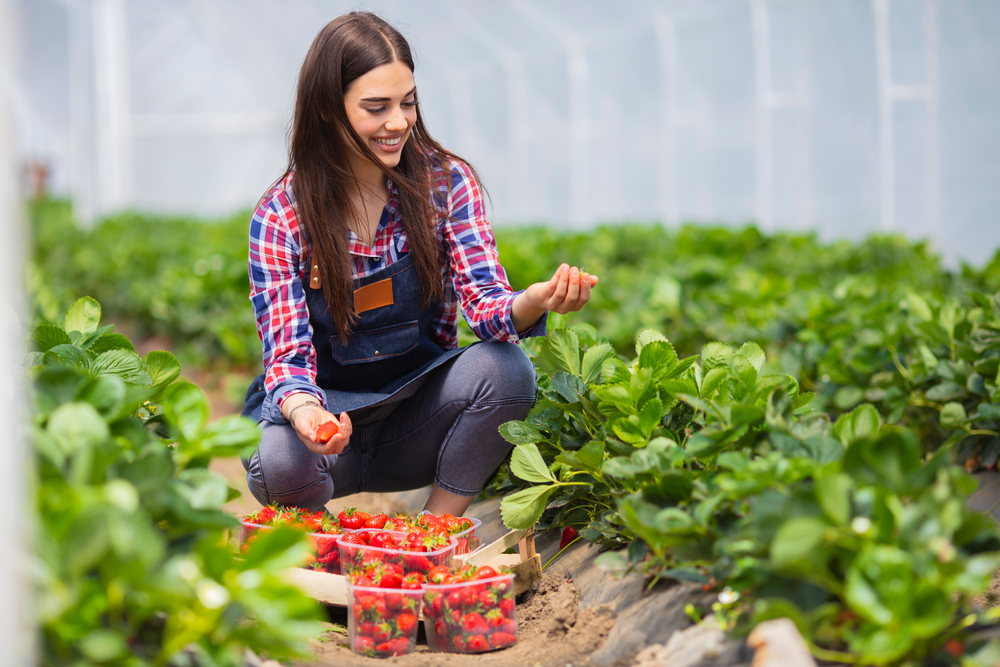
Timing is crucial when it comes to harvesting strawberries. Pick the fruit when it is fully ripe for the best flavor and sweetness. Strawberries do not continue to ripen once they are picked, so be sure to allow them to mature on the plant. Look for vibrant red berries with no white or green patches at the top, indicating they are ready to be harvested.
Be gentle when picking to avoid damaging the fruit or the plant. Use scissors or pruners to snip the fruit from the stem, leaving the green cap attached. Harvest in the morning, when the berries are cool, for the best taste. Proper harvesting ensures the fruit remains fresh and tasty, with minimal waste.
Prepare for Winter
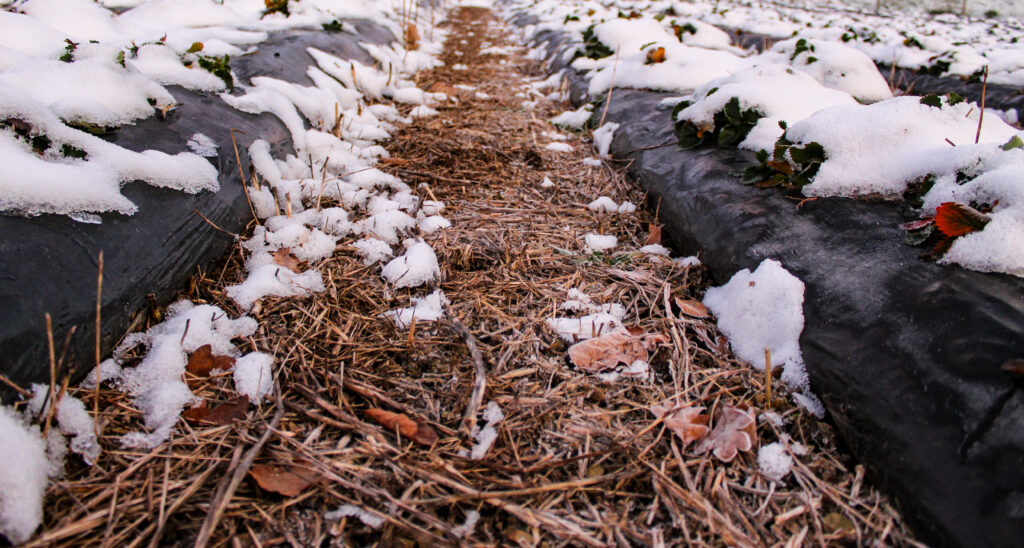
Strawberries are perennials, meaning they come back year after year, but they still need winter protection. In colder climates, cover your strawberry plants with mulch or straw once the weather begins to cool. This layer of protection helps keep the roots insulated and prevents frost damage. After the first frost, apply mulch about 3-4 inches deep around your plants.
If you grow strawberries in containers, move them to a sheltered area, like a garage or shed, to protect them from freezing temperatures. Proper winter care helps your plants survive the colder months and ensures a strong return in the spring. Keep the mulch in place until the weather warms, and your plants will be ready to thrive again. Preparing for winter now will give you the best chance for a successful strawberry harvest next year.
Growing strawberries can be a rewarding experience with the right care and attention. A little planning and maintenance throughout the season will go a long way in improving the quality of your strawberries. With the right approach, you can grow the best strawberries and enjoy them fresh from your garden.
This article originally appeared on Avocadu.
